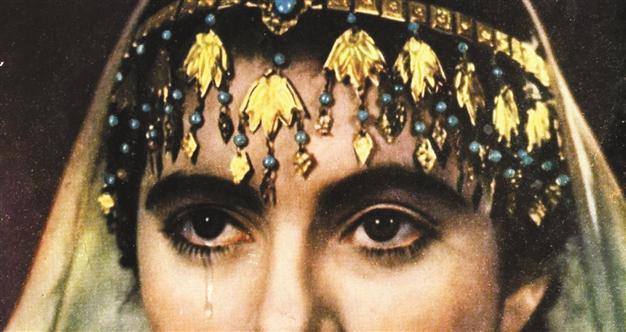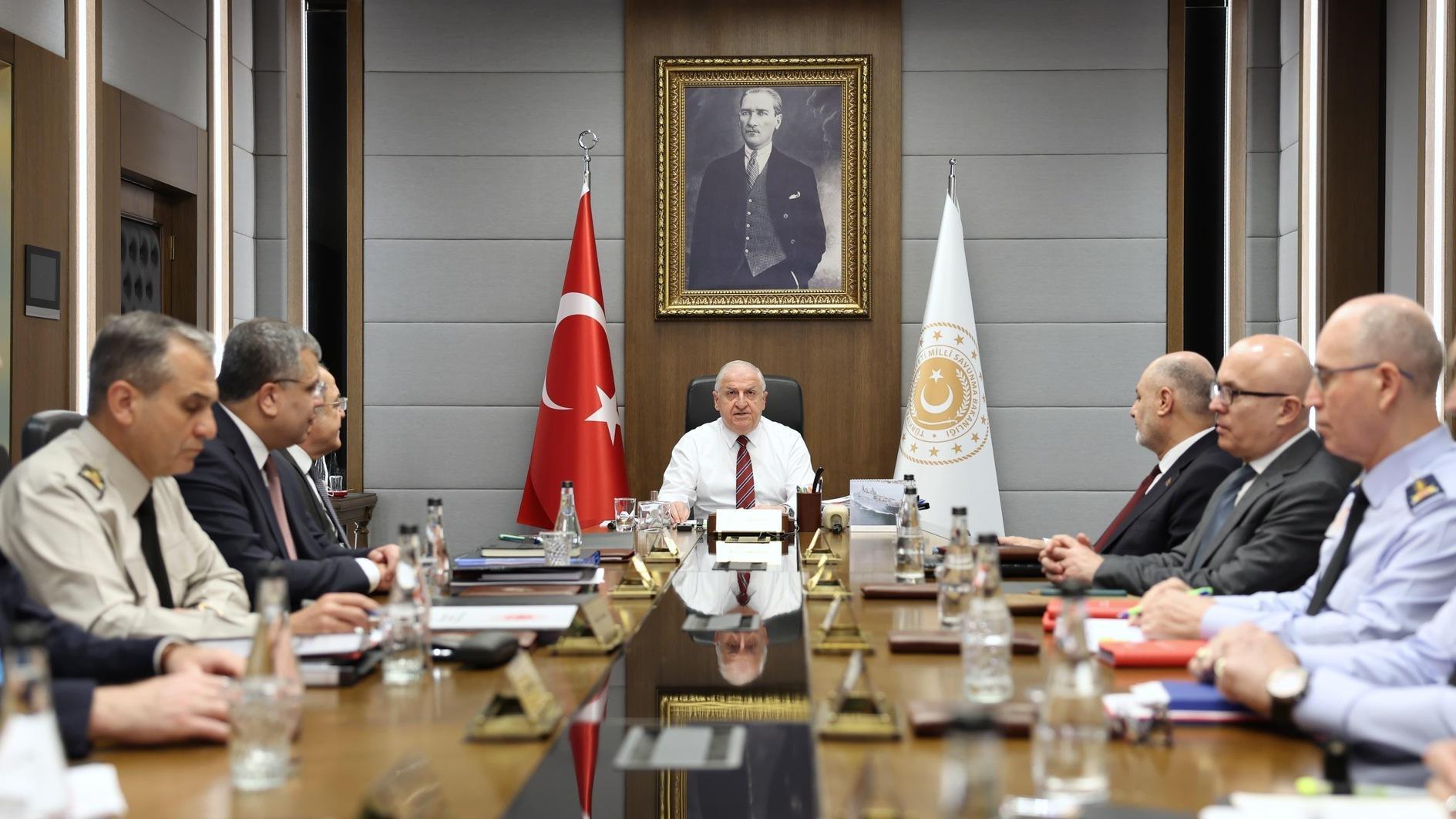A selection of Azerbaijani cinema on Istanbul screen
ISTANBUL - Hürriyet Daily News

Azerbaijani cinematic history will be shown during a film event ‘Bu Kino Çox Gözal’ between Jan 24 and Feb 2.
Pera Film will present a selection of eight films exploring Azerbaijani cinematic history with a film event “Bu Kino Çox Gözal” (This Cinema is Really Great) between Jan. 24 and Feb. 2 as part of a collaborative event with the European Azerbaijan Society (TEAS).Shortly after the Lumiere brothers from France invented and patented the Cinematographe in 1895, the French entrepreneur, photographer and cameraman Alexandre Michon, who had been actively involved in documenting oil fields in Baku since 1879, started filming moving images portraying the city.
He shot his first film in 1898, which was an actualité entitled “The Oil Gush Fire in Bibiheybat.”
The film industry in Azerbaijan significantly developed after the Belgian Pirone brothers came to Baku and founded a joint-stock company, Filma, in 1915. They also established film distribution offices in Baku, Yerevan and Tbilisi, and invited the Russian director and film producer Boris Svetlov, who directed and produced several films, some of which later became very well-known.
In 1915, with financial support from oil barons in Baku, Svetlov directed the first full-length feature film in Azerbaijani cinema, “In the Realm of Oil and Millions,” which was remade by Fikrat Aliyev in 1980 as “Abyss of Gold.” A year later, Svetlov directed the first musical comedy, albeit as a silent film, based on “Arshin mal alan” by Uzeir Hajibeyov, with well-known themes being played by a piano accompanist. At this time, it was the convention for male actors to play female roles. Years later, in 1945, the film was remade with sound and female actors, becoming one of the most popular Azerbaijani films of all.
In general, pre-Soviet films in Azerbaijan mostly focused on the lives of laborers, oil fields and revolution. Once Soviet power was established in 1920, Azerbaijan SSR decided to nationalize its cinema. In 1922, the first cinema studio was founded, which was renamed the Azerbaijan Photo-Film Department a year later. During this period, the most famous and beloved films were musical comedies.
Remaking Svetlov’s “Arshin mal alan” in 1945 (also in 1965) popularized this genre, and over the years, films like “Rendezvous” (1955), “Bakhtiyar” (1955), “If Not This, Then That” (1965), “Where is Ahmad?” (1964) and “Mother-in-law” (1978) were made.
After regaining its independence in 1991, Azerbaijani cinema entered a new era. Since the early 1990s, the country has directed a growing portion of the revenue it derives from massive oil and natural gas reserves toward cultural projects, with astonishing results. Since the creation of the Azerbaijan Film Commission in 2010, it is starting to turn its attention back to cinema. Despite the fact that the comedy genre retained its popularity (“Lucky Ring,” 1991; “Hungry Dupes,” 1993, and others), more serious issues were also addressed.
Over 1,000 films have been made since 1990. In the last five or six years, new cinemas were opened and existing cinemas were renovated in Baku, encouraging public interest in cinema.
The films to be screened in the event include Nikolai Leshenko and Reza Tahmasib’s “The Cloth Peddler,” Ilgar Najaf’s “Buta,” Samil Nacafzada’s “Fortress,” Yavar Rzayev’s “Holy Animal,” Elcin Musaoglu’s “40th Door,” Rafig Guliyev’s “Chovkan” and Shamil Aliyev’s “Steppe Man.”
‘Reality Bites’
Between Jan. 11 and 22, Pera film will also present a documentary film program titled “Reality Bites” including the selection of six recent documentaries from the past three years.
The program aims to delve into fascinating and shocking stories while celebrating and exploring the world as seen the lens of documentary makers.
















